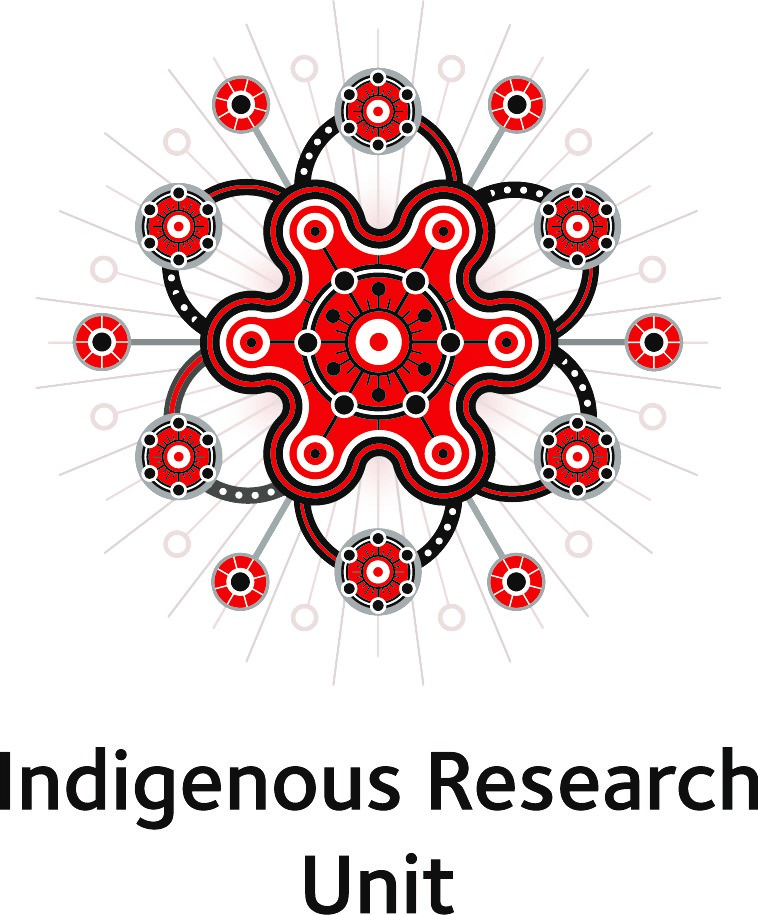
Principal speaker
Professor James Charles
Aboriginal People have inhabited the Australian continent before time began, but archaeologists and anthropologists state there is evidence for approximately 51,000 to 71,000 years of continual habitation. During this time, the Australian continent has experienced many environmental and climatic changes, which have contributed to mass animal extinction. The skeletal remains of Aboriginal Australians were examined for evidence, which may be indicative of fast running which would assist survival. The skull and mandible bones of the Kaurna People were examined for signs of evolutional traits related to survival. Aboriginal culture, knowledge of medical treatment and traditional medicines were also investigated. Oral storytelling of factual events, passed down unchanged for millennia, contributed to survival. The Kaurna People exhibited evolutionary facial features that would have assisted survival. They had excellent knowledge of medicine and the capacity to heal their community members. The process of mobility and relocation may have embedded the need to be mobile in some Aboriginal Australian cultures, and why many Aboriginal tribes did not invest too much time and resources in building permanent structures and dwellings. Navigating these extremely harsh, rapidly changing conditions is an incredible story of survival of Aboriginal Australians. The findings of this investigation suggest that Aboriginal Australians' survival methods were complex and multi-faceted. Although this paper could not examine every survival method, perhaps Aboriginal Peoples' knowledge of flora and fauna, (for nourishment and medicine) living in clans, and avoiding mass cohabitation was paramount to our survival.
Key Words: Aboriginal, Australia, Survival, History, Community-Strength
Event categories
RSVP
RSVP on or before Monday 18 July 2022 09.11 am, by email RED@griffith.edu.au , or via https://events.griffith.edu.au/xvavBZ